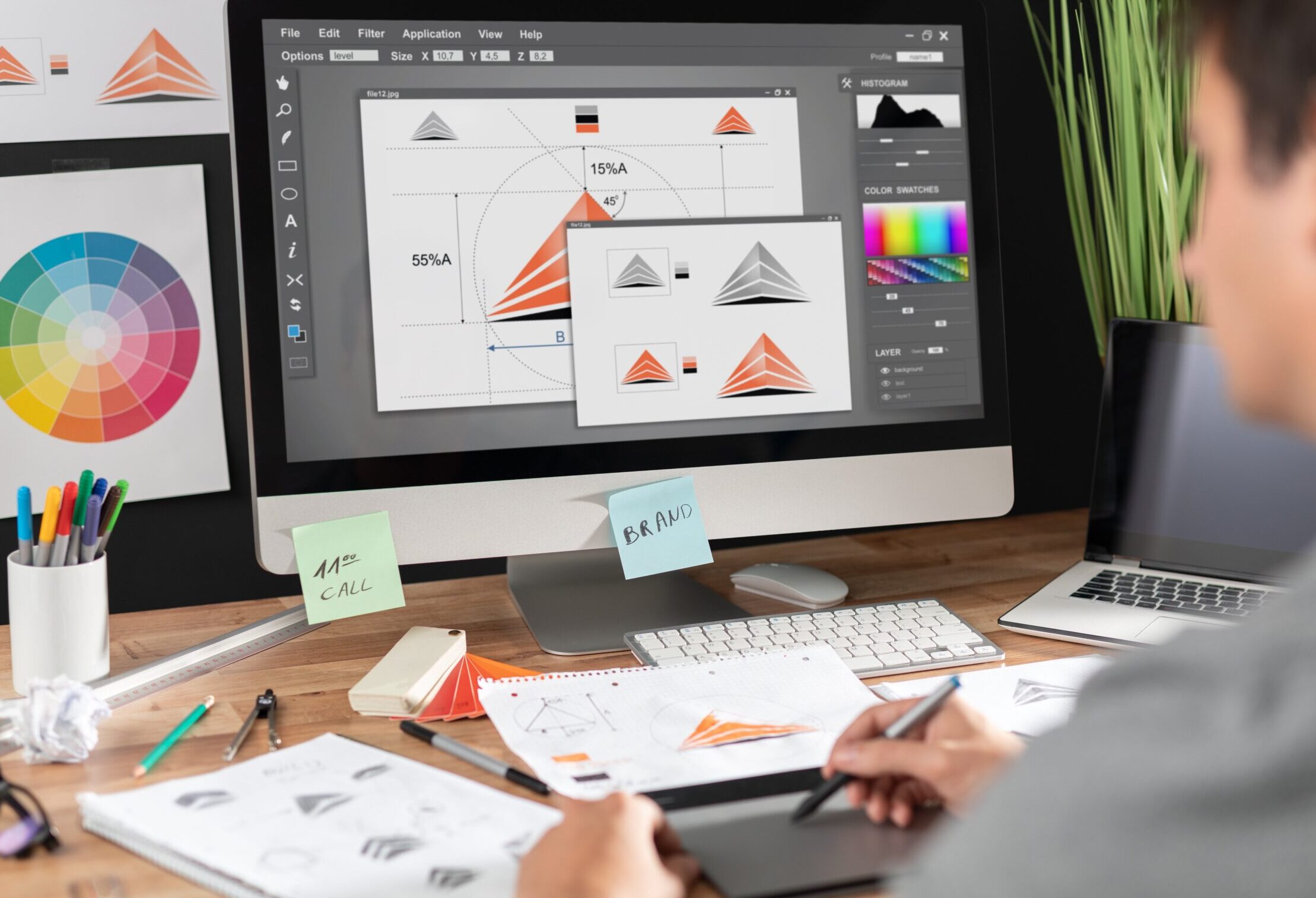Use White Space Wisely: White space, or negative space, is crucial in making your designs look clean and professional. It helps to give elements on the page room to breathe and prevents your design from looking cluttered (Venngage) (Pepper Content).
Create a Clear Text Hierarchy: Establishing a clear hierarchy with your text can guide the viewer’s eye to the most important information first. Use different font sizes, weights, and styles to distinguish headings, subheadings, and body text (Venngage) (Pepper Content).
Limit Your Fonts: To maintain a cohesive look, limit yourself to two or three fonts per project. Too many different fonts can make your design look chaotic and unprofessional. Pair a decorative font for headlines with a simple, readable font for body text (Venngage) (Pepper Content).
Understand Color Psychology: Colors can evoke different emotions and associations. Understanding color psychology can help you choose the right colors to convey your message effectively. For instance, blue often represents trust and professionalism, while red can evoke excitement and urgency (Pepper Content) (Visme).
Use High-Quality Images: Blurry or pixelated images can make your design look amateurish. Always use high-resolution images and ensure they are relevant to your content. Tools like stock photo websites can be valuable resources (Pepper Content) (E7 Graphic Design & Consulting).
Stay Organized: Keep your design files organized. Use proper naming conventions and maintain a clean workspace. This helps in managing your project efficiently and saves time in the long run (Visme).
Balance Your Elements: Use grids and alignment tools to balance the elements in your design. This creates a structured and professional look, making your design easy to navigate (E7 Graphic Design & Consulting).
Experiment with Scale and Proportion: Playing with the scale of different elements can add interest and emphasis. Larger elements naturally draw more attention, so use scale to highlight the most important parts of your design (Pepper Content) (E7 Graphic Design & Consulting).
Apply Contrast: Contrast helps to make your design elements stand out. You can create contrast through colors, shapes, sizes, and even textures. High contrast is particularly useful for making text readable and ensuring important elements are noticed (E7 Graphic Design & Consulting).
Think Outside the Box: Don’t be afraid to experiment and think creatively. Break the conventional rules if it serves your design purpose. Sometimes, the most innovative designs come from trying something new and different (Pepper Content) (E7 Graphic Design & Consulting).
